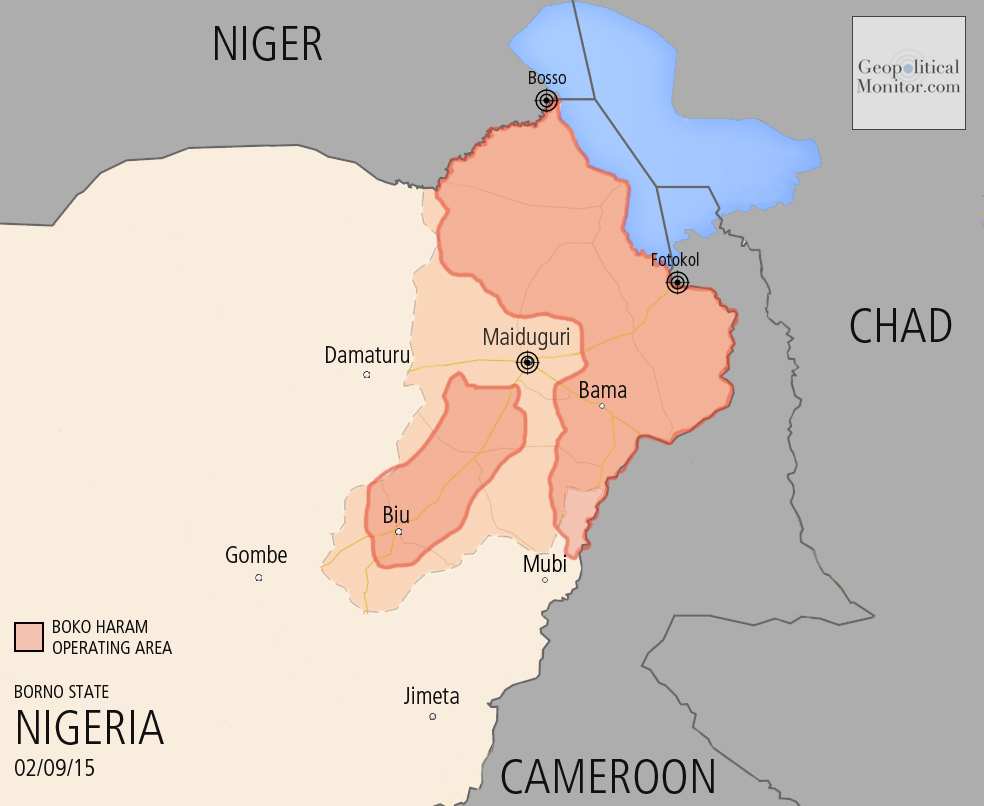Summary
Spiking Chinese military spending and altercations with the U.S. Navy are both results of Beijing’s ambitions to expand the Chinese defense perimeter into the South China Sea.
Analysis
The Chinese government’s recent announcement of a 14.9% increase in military spending represents the 19th double-digit increase in the past 20 years. However, this figure cannot necessarily be taken at face value. A great deal of disagreement exists outside China as to whether or not official figures of a $70 billion military budget accurately reflect total defense spending. The U.S. Department of Defense report on China’s 2007 budget contends that Chinese government figures exclude expenses for paramilitary forces and military research and development. Thus, the actual defense budget could range from $85-$125 billion.
Whatever the exact amount, Chinese defense spending will continue to trend upward as the defense establishment pushes through the Chinese RMA, or Revolution in Military Affairs. The Chinese RMA mandates the development of an integrated, high-technology military capability that can be projected throughout the Chinese security sphere, and alternatively can be used to counter the type of rapid, technology-intensive operations launched by the U.S. military in Afghanistan and Iraq.
The prospect of a Sino-American conflict over Taiwan has been the cornerstone of Chinese defense planning over the past decade. Chinese strategy has focused on effectively countering the Carrier Strike Groups that would be dispatched to the Taiwan Strait. Also of acute concern to Chinese planners is the protection of shipping in the South China Sea. An estimated 65-75% of Chinese energy imports are shipped through the straits of Malacca. In the event of a Sino-American conflict, a naval projection capability would be absolutely necessary if Chinese energy imports were to keep flowing.
The strategic importance of the South China Sea does not end at energy security. A robust Chinese military presence gives China more leverage in any future negotiations over the Paracel and Spratly Islands; island chains rich in minerals and gas that are currently claimed by China, Vietnam, Malaysia, and the Philippines. Using a claim on the Spratlys and Paracels as justification under international law, China asserts almost all of the South China Sea as its own territory.
The importance of the waters surrounding China has given rise to a serious overhaul of the People’s Liberation Army Navy (PLAN). Though the specifics of these improvements are notably absent from Chinese Defense White Papers, the PLAN is bolstering its ranks with new missile destroyers, frigates, and submarines. Moreover, the ex-Soviet aircraft carrier Varyag is being fitted for use in a training capacity; a possible precursor to the realization of plans to enter Chinese-built carriers into service by 2015.
When viewed in the context of the PLAN’s rising confidence and ambitions to push the Chinese defense perimeter outward, recent instances of aggression towards the U.S. Navy in the South China Sea are not all too surprising. The USS Impeccable was gathering intelligence with a military application close to China’s large underground submarine base on Hainan Island. By agitating and ‘aggressively maneuvering’, the PLAN not only stakes its exclusive military claims to the waters immediately surrounding China, but also tests the political will of the new administration in Washington.
Some commentators have likened the current situation to the Chinese detainment of an American flight crew soon after George W Bush was sworn in. There is however one critical difference:unlike the events in 2001, when Chinese authorities were reacting to an accidental mid-air collision, this time the Chinese have initiated the tensions.
It seems that the Chinese government is seizing the opportunity of waning American military power and financial leverage over Washington to begin to carve out a new military role in East Asia.
Zachary Fillingham is a contributor to Geopoliticalmonitor.com



